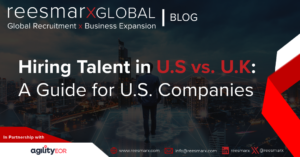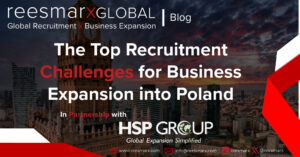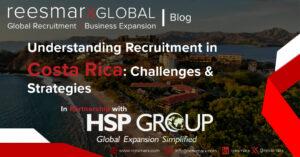Technology start-up organizations and creative branding environments are notoriously popular for their implementation of ‘outside the box’ incentives to both recruit and retain talented staff. But increasingly as economic factors place pressure on businesses in all sectors, human resource professionals are relying on corporate culture to retain staff.
Corporate culture moves beyond the office environment, the esthetic of the furnishings and social and networking events or volunteerism. One of the most important aspects of business culture is reflected in the methods that reward and incentives are shared with employees. Rather than tangible perks (while always appreciated) the one thing that motivates staff the most, and creates employee job satisfaction, increased productivity and retention, costs almost nothing at all.
The Most Affordable Incentive Improves Performance?
Extrinsic motivators are the most commonly used by businesses, and are likened to the ‘carrot and stick’ method of conditioning. Awards by their nature can narrow the focus of employees to the minimal level of contribution in order to attain a concrete incentive, such as a raise, or profit sharing bonus. It does not frequently inspire creative and divergent innovation, nor does it cultivate continued growth, development or performance improvement, once the extrinsic incentive is over.
Traditional extrinsic motivators include:
- Annual salary review and increase.
- Punitive consequences (such as criticism or rejection) in response to unmet expectations.
The psychology behind an extrinsic motivator is to stimulate action, but it is a ‘flash in the pan’ compared to creating lasting motivation, by intrinsic incentive and rewards, which have a more profound impact on long-term performance. More often than not, engagement with extrinsic factors are prompted by a fear of ‘getting in trouble’ or in the case of work life, being fired. Employees perform to the line of expectation to avoid loss or negative consequences.
One resource that will have you convinced that recognition is the most valuable commodity in a workplace, is a 2009 TEDTalks presenter, Dan Pink. Watch ‘The Puzzle of Motivation’ for a humorous but very insightful and educational view of acknowledgement in the workplace.
Intrinsic rewards are even more effective when they are broken down into progressions and measurable benchmarks. Think of an intrinsic reward system for staff as a ladder, that keeps going higher. Staff who strive, climb the rung and are acknowledged and rewarded emotionally and professionally. They then regroup after achieving one benchmark, and set their goals toward the next established measureable outcome.
Intrinsic motivators for employees and teams may include:
- Interdepartmental leaderboards (productivity or profitability).
- Profit sharing bonuses.
- Individual staff recognition for exceptional performance.
- Bonus vacation day rewards.
- Staff events and celebrations.
An important factor involved in modeling intrinsic motivators in the workplace, is acknowledgement. The most successful corporate cultures are ones that are product to publish via their newsletter, or blog when their employees have exceeded expectations. Not only does this further inspire employees, who perceive their effort to be valued by their employer, but it benefits brands and organizations who are transparent about a culture that inspires excellence, and values individual and team contributions.
The difference between the two models is the secret of success for many organizations, who invest in a robust structure of intrinsic employee rewards. Productivity increases in tandem with job satisfaction and talent recruitment and retention.
After all, who wouldn’t want to work for an employer to makes praise and the attribution of credit for effort a regular practice?






